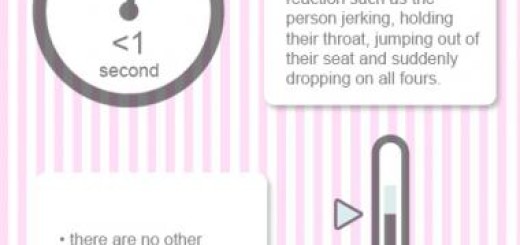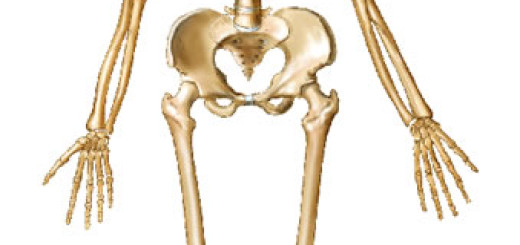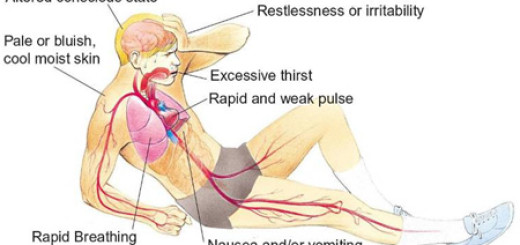First Aid For Carbon Monoxide Poisoning: 4 Treatment Tips
Carbon monoxide (CO) is a colorless, odorless gas that can build up in your home without you even realizing it. The gas is extremely dangerous and, if exposed, can cause severe health conditions.
People should know what to do in case someone inhales the gas.
This article will help you recognize the signs of CO poisoning, what to do in an emergency and first aid for carbon monoxide poisoning.
Recognizing Carbon Monoxide Poisoning
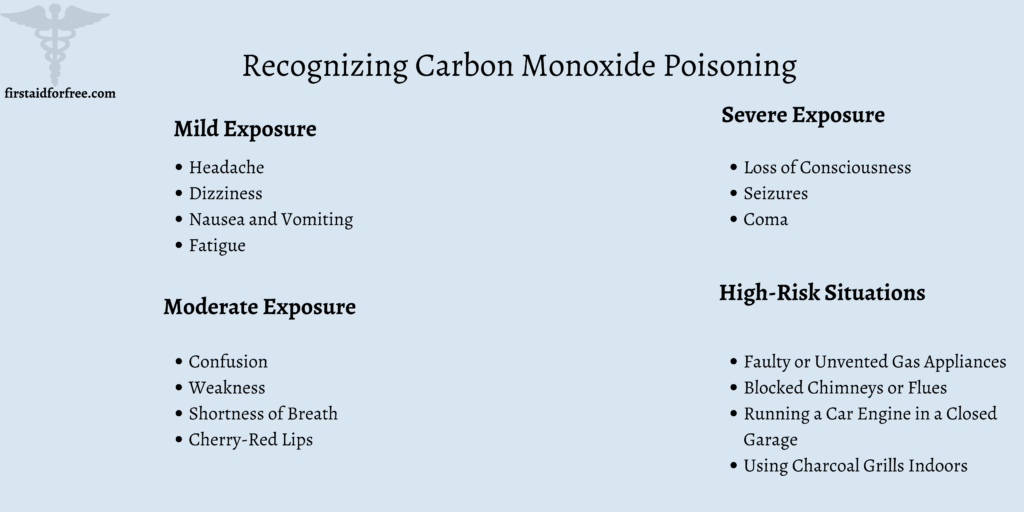
Carbon monoxide (CO) is often called the “silent killer” because it’s a colorless, odorless gas that can be impossible to detect without a carbon monoxide detector. This is the reason recognizing CO poisoning is crucial for anyone who might encounter it.
It is absolutely necessary to understand the symptoms and high-risk situations so you can be prepared to act quickly in an emergency.
CO poisoning disrupts the body’s ability to absorb oxygen. This can cause a range of symptoms, depending on the amount of CO inhaled and the duration of exposure.
Mild Exposure
This might feel like a bad case of the flu. Symptoms include:
- Headache: A dull, throbbing pain that can worsen with exertion
- Dizziness: Feeling lightheaded or unsteady
- Nausea and Vomiting: Upset stomach that might lead to throwing up
- Fatigue: Feeling unusually tired and lacking energy
Moderate Exposure
As CO levels rise, symptoms become more concerning:
- Confusion: Difficulty thinking clearly, feeling disoriented or foggy-headed
- Weakness: Muscles feel limp and achy, making even simple tasks difficult
- Shortness of Breath: Feeling like you can’t catch your breath, even when resting
- Cherry-Red Lips: In severe cases, the lips may take on a bright red color due to a lack of oxygen
Severe Exposure
If CO poisoning goes untreated, it can lead to life-threatening conditions:
- Loss of Consciousness: The person becomes unresponsive and may appear to be sleeping deeply
- Seizures: Uncontrollable muscle jerking that can be frightening to witness
- Coma: A prolonged state of unconsciousness where the person cannot be awakened
High-Risk Situations
Knowing where CO is most likely to be present can help you stay alert and avoid exposure:
- Faulty or Unvented Gas Appliances: Gas-powered appliances like stoves, water heaters, and furnaces can malfunction or become blocked, leading to CO leaks. Ensure proper ventilation for all fuel-burning appliances and have them serviced regularly by a qualified professional.
- Blocked Chimneys or Flues: A blocked chimney or flue prevents CO from escaping properly and can cause it to build up inside your home. Have your chimney inspected and cleaned annually.
- Running a Car Engine in a Closed Garage: Never start or run a car engine in a closed garage, even for a short time. The exhaust fumes can quickly reach dangerous levels of CO.
- Using Charcoal Grills Indoors: CO can build up very quickly when using a charcoal grill indoors, even with windows open. Always use charcoal or gas grills outdoors in a well-ventilated area.
Immediate Actions in Case of CO Poisoning
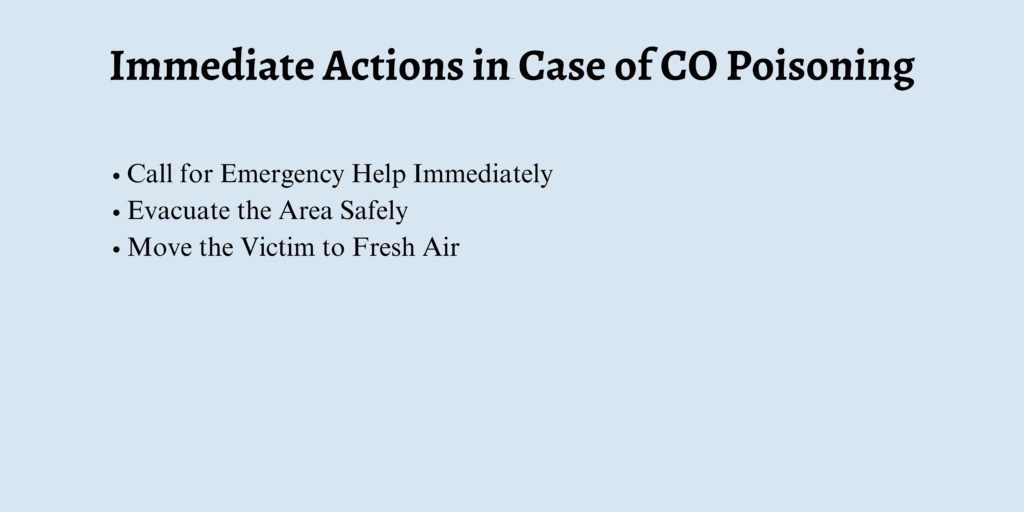
Carbon monoxide (CO) poisoning is a medical emergency that requires swift and decisive action. Every second counts when someone is exposed to CO. Know the crucial steps you should take if you suspect CO poisoning:
Call for Emergency Help Immediately: This is the most critical step. Don’t hesitate to call 911 or your local emergency number. Every minute of CO exposure can cause further damage.
When speaking to the dispatcher, inform them that you suspect CO poisoning. Briefly describe the symptoms you or others are experiencing.
The dispatcher will provide instructions on how to proceed. Stay calm and listen carefully to their directions. They may ask you to open windows and doors or evacuate the building. Follow their guidance precisely.
Evacuate the Area Safely: The primary goal is to get yourself and everyone else out of the CO-contaminated environment as quickly as possible.
As you leave the building, open windows and doors as wide as possible to ventilate the space and allow CO to escape.
If possible, assist others, especially children and pets, to evacuate safely. However, prioritize your own safety. Don’t attempt to carry someone unconscious out of danger if it puts you at risk.
Once you’ve evacuated, don’t re-enter the building until emergency personnel have arrived and deemed it safe.
Move the Victim to Fresh Air: If someone is showing signs of CO poisoning, get them to fresh air as quickly as possible.
If the person is conscious and able to walk, guide them outside. If they’re unconscious or unable to walk on their own, carry them out if it can be done safely.
In situations where immediate removal is crucial, you may need to drag the person to fresh air. Prioritize your own safety and avoid inhaling CO yourself. Once the victim is in fresh air, loosen any tight clothing around their neck or chest to ease breathing.
First Aid While Waiting for Help
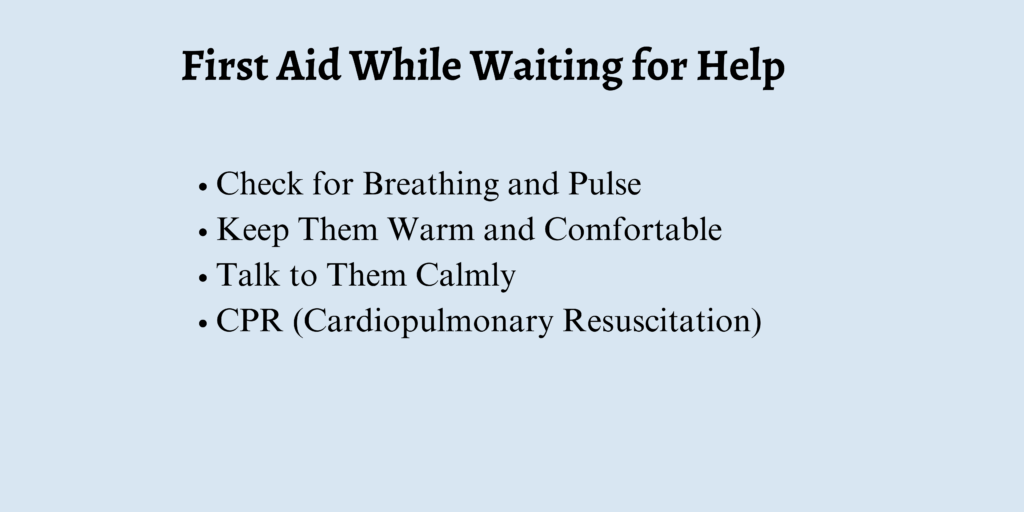
While waiting for emergency personnel to arrive after suspecting CO poisoning, you can take some first-aid measures to help stabilize the victim’s condition.
- Check for Breathing and Pulse: Place your cheek near the victim’s mouth and nose to feel for breaths. Check for a pulse at the wrist or carotid artery in the neck. If the person is not breathing or has no pulse, CPR may be necessary.
- Keep Them Warm and Comfortable: Wrap the person in a blanket or coat to help maintain their body temperature. This is especially important if they are unconscious or experiencing chills.
- Talk to Them Calmly: If the victim is conscious, talk to them calmly and reassuringly. This can help keep them awake and prevent them from panicking. Do not give them anything to drink or eat.
- CPR (Cardiopulmonary Resuscitation): Only perform CPR if the victim is unconscious and not breathing.
If Trained: If you are trained in CPR, begin CPR immediately and continue until help arrives or the person starts breathing again.
If Untrained: If you are not trained in CPR, continue checking for breathing every few seconds. If you see the chest rise and fall, the person is breathing. If not, you can attempt rescue breaths.
Remember, CPR is a lifesaving skill, but it’s best performed by someone who has received proper training.
When Help Arrives
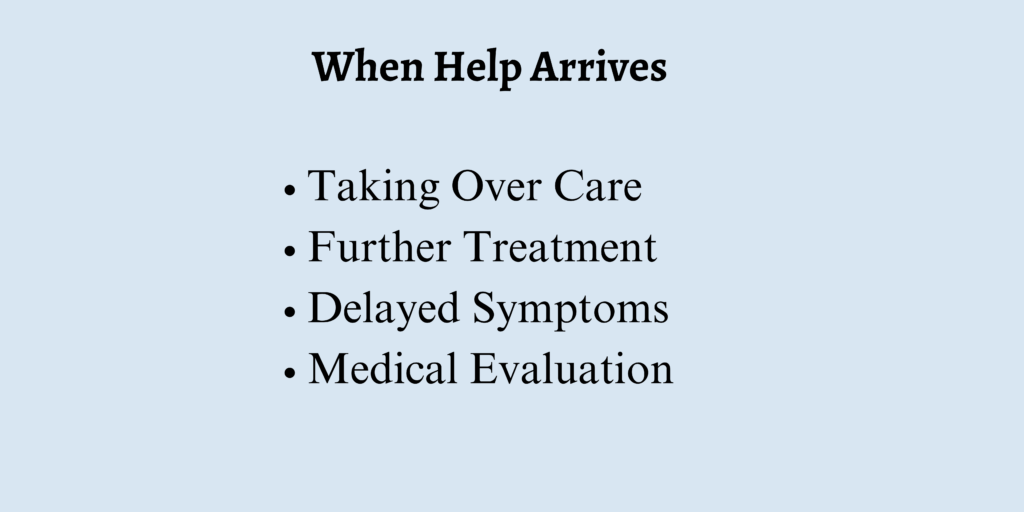
When emergency medical professionals arrive at the scene of CO poisoning, their main priorities are to stabilize the victim’s condition and prevent further CO exposure.
- Taking Over Care: Emergency responders will take over the victim’s care. They will assess their condition, check vital signs, and administer high-concentration oxygen therapy.
- Further Treatment: Depending on the severity of CO poisoning, the medical team may administer additional treatments such as intravenous fluids, medications to reduce inflammation, or hyperbaric oxygen therapy (HBOT).
- Delayed Symptoms: Some effects of CO poisoning may not appear immediately. A doctor can monitor the victim for any delayed complications.
- Medical Evaluation: The doctor can perform tests to assess the extent of CO exposure and any potential damage it may have caused. Depending on the severity, they may recommend additional treatment or monitoring.
FAQs
What are the early signs of CO poisoning?
Early signs can include headache, dizziness, nausea, and fatigue. If you suspect CO poisoning, do not delay. Call 911 immediately and evacuate the area.
What should I do if I suspect CO poisoning?
• Call 911 immediately
• Evacuate the area and open windows and doors to ventilate
• Move the victim to fresh air
• Stay calm and wait for help to arrive
How can I prevent CO poisoning?
Install CO detectors in your home, have gas appliances serviced regularly, never run a car engine in a closed garage, and only use charcoal or gas grills outdoors.
Conclusion
Hope this article helped you understand first aid for carbon monoxide poisoning and the signs to recognize it.
It is a serious situation, so ensure the victim is kept safe and taken to medical care immediately.

